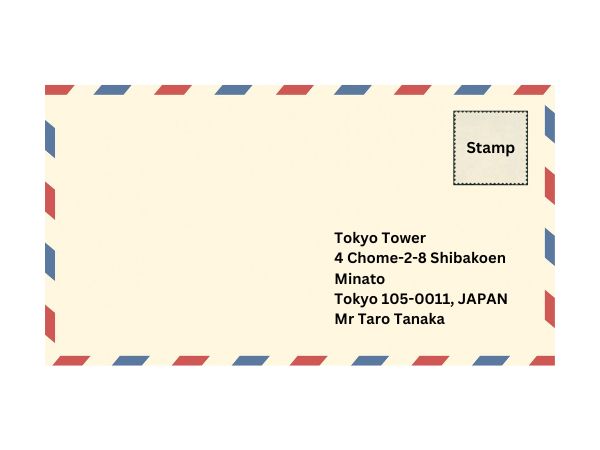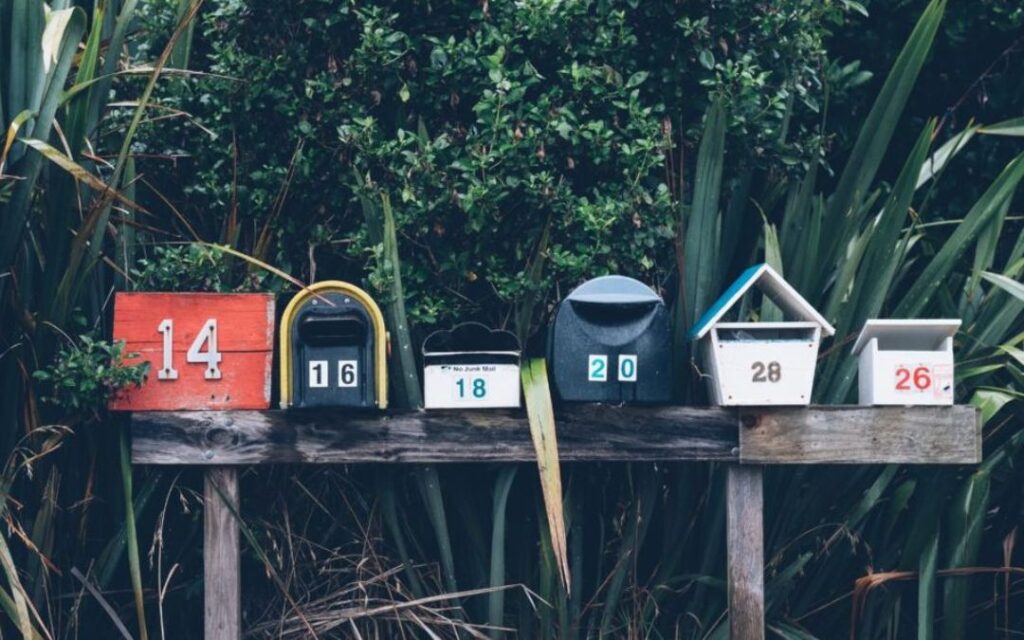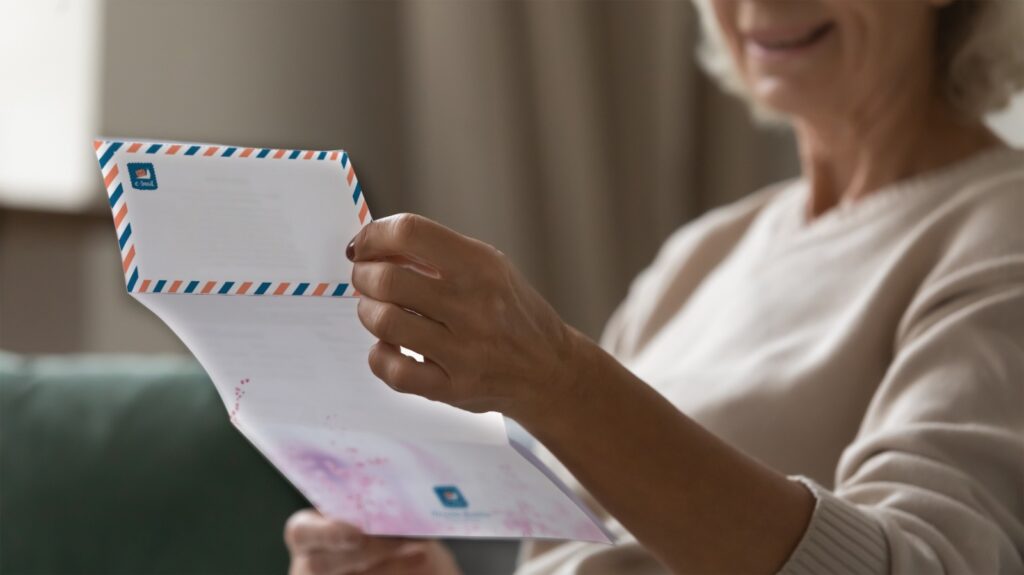Despite the fact that we are living in the age of digital communication, writing a letter hasn’t lost its charm. If you want to send a letter to another country like Japan, you must understand the process of formatting and sending a letter fully or else the letter can get misdelivered or lost.
In this article, we will guide you through the proper address format, its alignment on the envelope, Japanese postal codes, and the other details of sending a letter to Japan.
If you’re looking for the quickest and easiest way to send a real letter to Japan, let us do the heavy lifting. With e-Snail, you can send a physical letter to anywhere in the world.
Japan Address Format
You must ensure to use the correct address format on the envelope for sending a letter to Japan. This will reduce the chances of any hindrances in the delivery of the package.
Below are general guidelines to keep in mind, along with details about the address format and alignment.
General Guidelines for Formatting the Address
Keep the following points in mind when sending a letter to Japan:
- Maintain consistent spacing between address components to enhance readability. Also, avoid squeezing or overcrowding the address elements, which can lead to confusion or misinterpretation.
- Ensure that your handwriting on the envelope is legible and clear to facilitate smooth delivery and minimize any potential misinterpretation of addresses or instructions.
- Ensure that you have the correct postage affixed to the envelope or package based on its weight and destination. Also, make sure to compare the mail options available and choose a registered service for peace of mind.
When formatting the address for a letter to Japan, the following components should be included:
- Country: The first component is the country name, which is JAPAN in English or 日本 (Nippon) in Japanese.
- Postal code: Postal code is the second part, which is a six-digit number preceded by a symbol 〒 (yubin mark). There might also be a separate box somewhere at the top designated to writing the postal code.
- Prefecture or City: The third part is the prefecture or city, which is one of the 47 administrative divisions of Japan. There are four types of prefectures: ken (県), to (都), do (道), and fu (府). Tokyo is a special type of prefecture called to, which means metropolis. The prefecture name is followed by a suffix -to, -ken, -do, or -fu. For example, TOKYO-TO means Tokyo Metropolis.
- Ward or district: Ward or district is a subdivision of a city or a town. There are 23 special wards in Tokyo, each with its own mayor and council. The ward or district name is followed by a suffix -ku (区), -shi (市), -cho (町), or -mura (村).
- Town or Block number: The town or block is a further subdivision of a ward or a district. Towns are usually named after landmarks or historical figures, while blocks are numbered sequentially. The town or block name is followed by a suffix -chome (丁目), which means block
- Building number or name: Buildings are numbered according to the order of their construction within a block, not according to their location on a street. Sometimes, buildings have names instead of numbers, especially if they are large or well-known.
- Recipient name: The recipient name in a Japanese address is usually written at the end or on the last line.
Taking the above into account, the address may look like:
JAPAN 〒105-0011 東京都 港区 芝公園四丁目 2番地 8号 東京タワー
Mr Taro Tanaka
Or, written in English, an address may look like:
JAPAN 〒112-0001 TOKYO-TO BUNKYO-KU HAKUSAN 4-CHOME 3-2
Mr Taro Tanaka
Japanese Envelope Address Alignment
Knowing the correct address format is not enough, you must also align it properly on the envelope so there is no confusion in interpreting it. Here is how you should align the address on the envelope when sending a letter to Japan.
On a horizontal envelope, the recipient’s address is written on the bottom right-hand corner. The country name is placed on the first line, followed by the address and then, the recipient’s name on the last line.
The address is written horizontally from left to right, with the postal code usually written before the prefecture or city name. Your address as the sender is written on the upper left-hand corner of the envelope.
Japan also uses vertical envelopes, with the address written vertically, right to left, and the recipient’s name at the very end.
Postal Code Format in Japan
The the postal code format for Japan consists of a 7-digit numeric code in the form of NNN-NNNN, where each N represents a digit. The first two digits indicate one of the 47 prefectures in Japan. The following digit represents one of the adjacent cities within that prefecture, while the last four digits specify a particular neighbourhood or town.
The postal code is written in the designated boxes at the top of the address, separated by a hyphen between the third and fourth digits. For instance, an example like 112-0001 refers to the Bunkyo-Ku area in Tokyo, with the associated post office being Hakusan.
Japan Letter Abbreviations and Titles
Here are some common abbreviations and titles in Japan:
- JP: Abbreviation for Japan, commonly used on maps, postal addressing, and shipping labels.
- JPN: Another abbreviation for Japan, often found in headlines or newspaper titles where space is limited.
- San: A basic and neutral honorific title used for anyone, regardless of gender or status.
- Sama: A more formal and respectful honorific title, used for customers, superiors, or people of high rank.
- Kun: A casual and friendly honorific title, used for male friends, colleagues, or subordinates.
- Chan: A cute and affectionate honorific title, used for children, close friends, family members, or pets
Restricted and Prohibited Items in Mail
Be aware of the restricted and prohibited items when sending a letter to Japan. These include obscene or immoral materials, firearms and ammunition, narcotic drugs, lethal weapons, liquids, antiquities, items containing personal data, and any items deemed inapplicable by Japan Post or the destination country.
It is crucial to consult official sources in your own country for the most up-to-date information on restricted and prohibited items. Adhering to these guidelines ensures a smooth mailing experience without any obstacles.
Conclusion
If the above information is considered, you should have no issues when it comes to sending a letter to Japan.
Don’t forget, you can also use e-Snail to easily send a letter online to anywhere in the world, including Japan.




